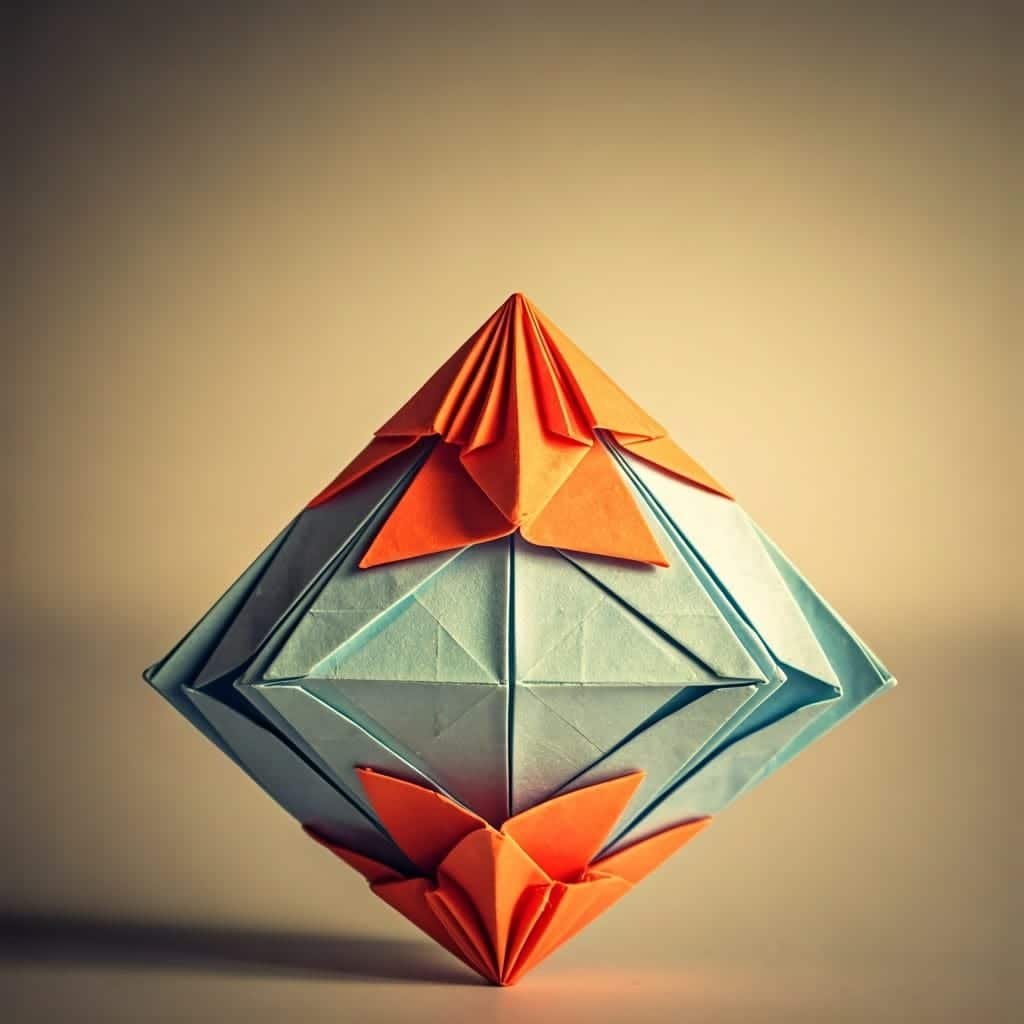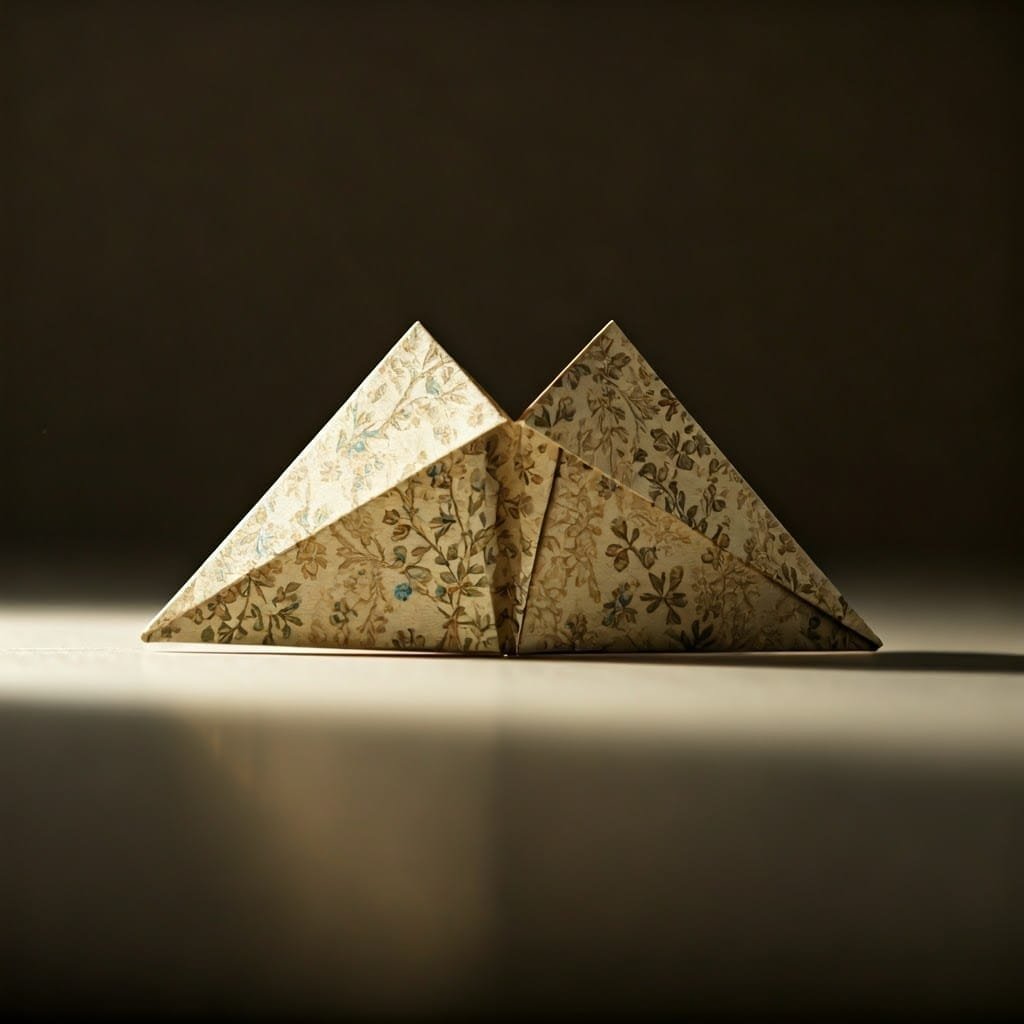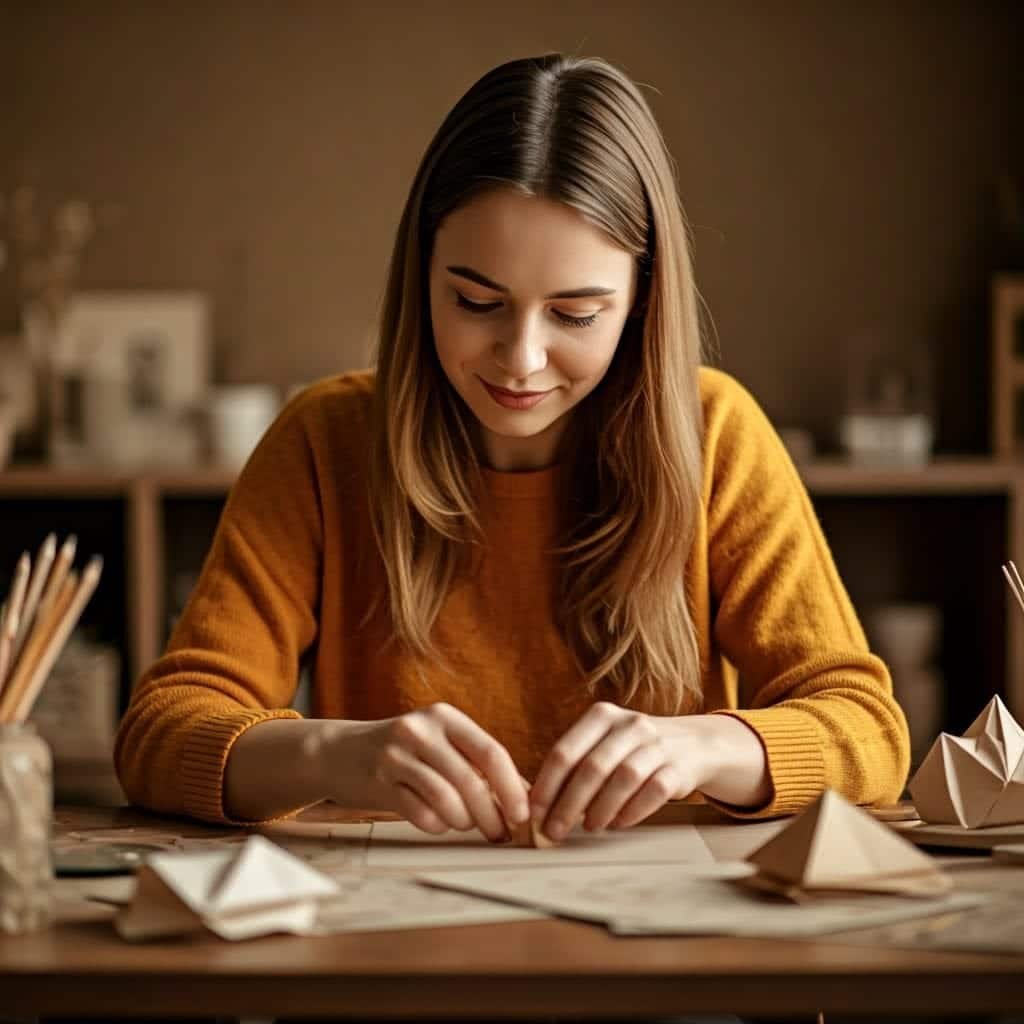Your cart is currently empty!
Stay in Touch!
Get updates about new artwork and upcoming events.
Get updates about new artwork and upcoming events.
—
by
Origami, the intricate and delicate art of paper folding, has captured the imagination of collectors and art enthusiasts worldwide. But what does it truly take to become an origami artist? This blog post explores the skills, education, and personal attributes required to master this timeless craft.

At its core, origami is about precision and creativity. Precision stems from the ability to execute clean, accurate folds, which often requires an understanding of geometric principles and an eye for detail. Creativity involves pushing the boundaries of traditional designs, experimenting with unique folds, and conceptualizing new models that challenge conventions. Together, these elements enable artists to transform simple sheets of paper into intricate and expressive works of art.
To begin this journey, aspiring artists must master basic and advanced folding techniques. These skills require patience, as even the smallest misfold can drastically alter a design. Artists like Akira Yoshizawa, a pioneer in the field, inspire generations with their innovative folding techniques and creative designs.
Joining the origami community is another essential step. Groups such as Origami USA and online forums provide artists with platforms to share techniques, collaborate on projects, and gain inspiration. For example, notable origami artist Robert Lang credits much of his growth to his involvement in origami conventions, where he connected with peers and exchanged ideas that helped him innovate in areas like computational origami. These communities not only foster creativity but also provide critical feedback, mentorship, and opportunities to showcase work to a wider audience.

While many origami artists are self-taught, formal education can provide valuable insights and skills. For instance, Robert J. Lang, a pioneer in computational origami, built upon his strong academic background in physics and engineering to create complex folding designs that combine art and science. On the other hand, Akira Yoshizawa, was largely self-taught, demonstrating how personal experimentation and dedication can lead to groundbreaking techniques and artistic mastery.
While classes in drawing, sculpture, and digital art help refine one’s understanding of design principles and craftsmanship, classes in mathematics, particularly geometry, play a significant role in creating complex and computational origami designs. By understanding both the mathematical principles and creative rhetoric, artists can construct intricate yet visually appealing models that defy expectations.
For those seeking a deeper educational foundation, institutions like the Rhode Island School of Design offer courses that integrate origami into broader design projects. These programs combine traditional craftsmanship with modern innovation, opening up new avenues for artistic exploration.

To establish a career in origami, artists often expand their reach through teaching and workshops. Notable programs such as the Origamido Studio, co-founded by Michael LaFosse, provide structured environments for learning advanced techniques and engaging with peers. Additionally, the Japan Origami Academic Society (JOAS) offers seminars and certification programs that blend traditional practices with modern innovations.
These platforms enable artists to refine their skills, build their reputation, and connect with an international network of enthusiasts and professionals. Sharing the craft with others not only reinforces personal skills but also builds a strong reputation within the community. Workshops can become a platform for showcasing unique techniques and connecting with enthusiasts.
Creating a professional portfolio is equally important. A collection of high-quality work helps attract clients, galleries, and collectors. Additionally, attending conventions and exhibitions provides networking opportunities, allowing artists to showcase their talent and stay updated on the latest trends in origami.

Origami demands more than technical expertise. Passion and patience are vital traits for any artist in this field. These attributes are vividly demonstrated in the work of artists like Michael LaFosse, whose intricate designs reflect his meticulous attention to detail and deep love for the craft. Similarly, Akira Yoshizawa’s revolutionary techniques showcase how patience and passion can drive innovation, as he often spent years perfecting folds that became the foundation of modern origami.
These qualities enable artists to approach each project with dedication, transforming a simple sheet of paper into a masterpiece that resonates with both creativity and precision. Complex designs often take hours, or even days, to complete, requiring unwavering dedication. Lifelong learning is another critical attribute, as the art form continues to evolve with new techniques and styles.
For many, origami is more than just an art form—it is a meditation on resilience and transformation. Each crease and fold tells a story, transforming a simple sheet of paper into an extraordinary creation. This personal connection to the craft is what sets true artists apart.
For collectors, owning an origami piece is about more than aesthetics. It’s an opportunity to preserve a moment of creativity and precision. Each sculpture represents the artist’s dedication, passion, and technical skill. As a collector, you become part of the story, celebrating the journey behind every fold.
Becoming an origami artist is a multifaceted journey, blending technical skill, artistic education, and personal passion. Whether you’re an aspiring artist or a collector intrigued by this intricate craft, understanding what it takes to master origami offers a deeper appreciation for its beauty and complexity.
In my own practice as an origami mixed media visual artist, I’ve found that each piece is a reflection of resilience and transformation. If you’re curious about adding origami to your collection or have questions about the craft, feel free to reach out. Let’s explore the art behind the creases together!